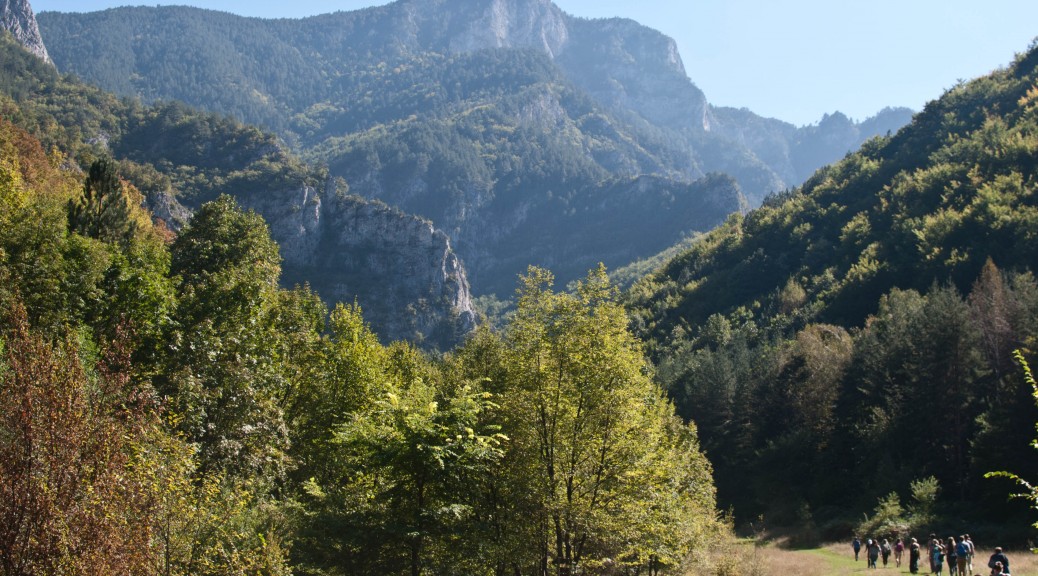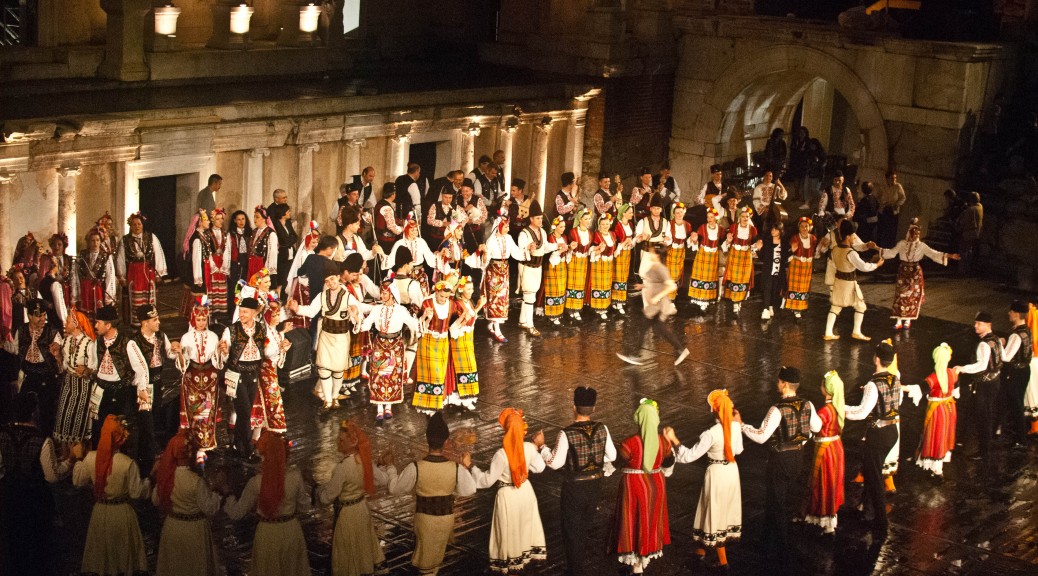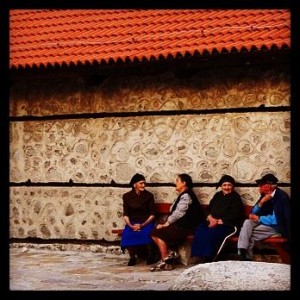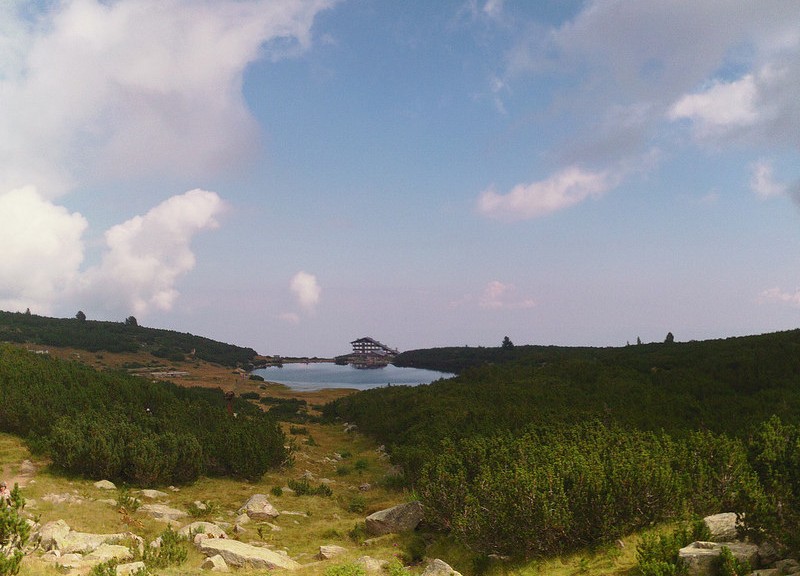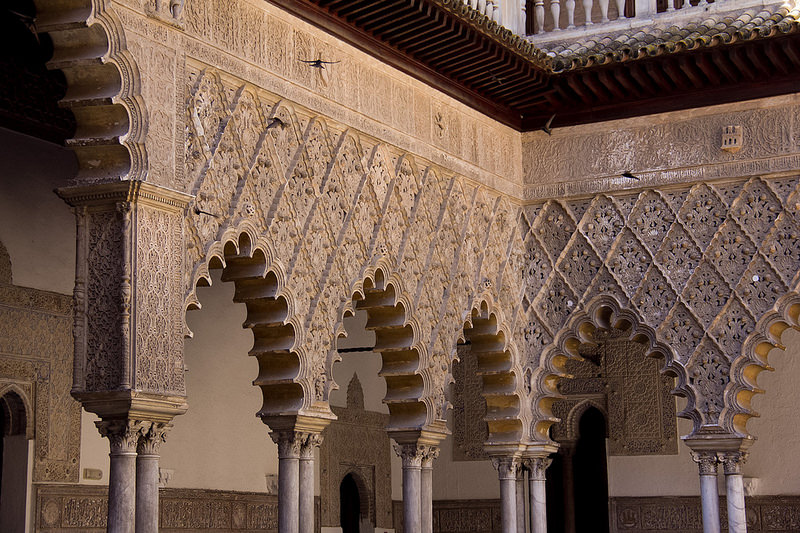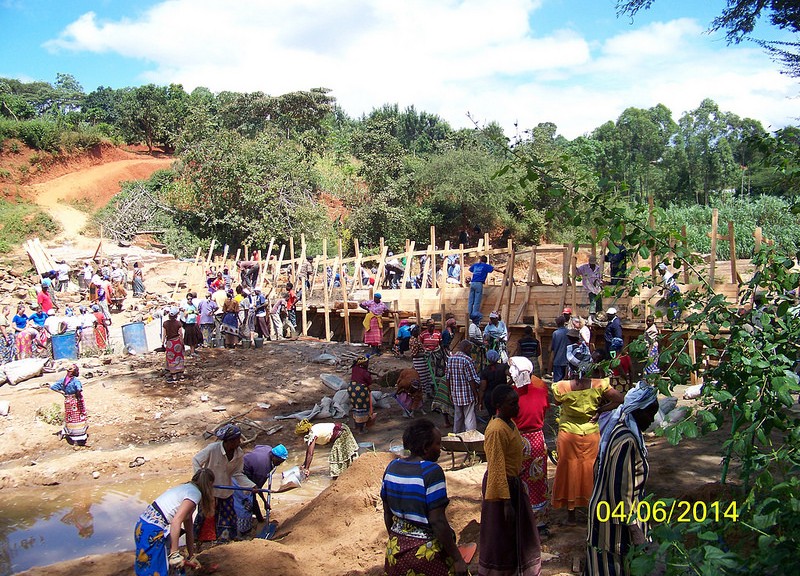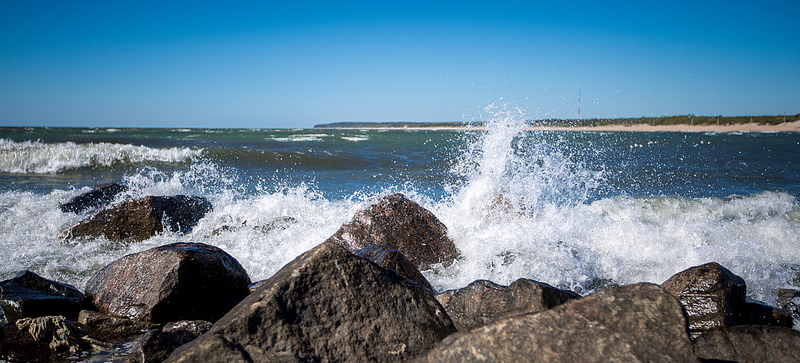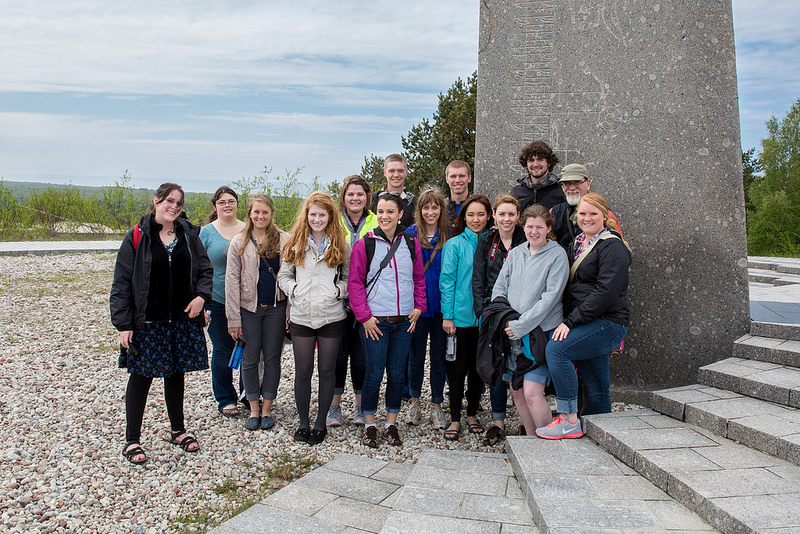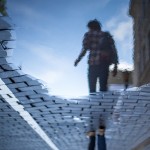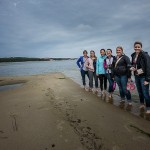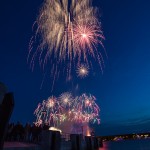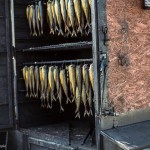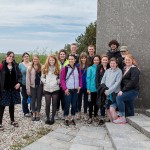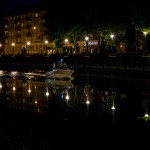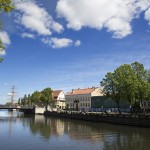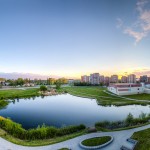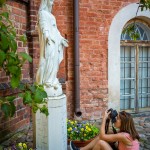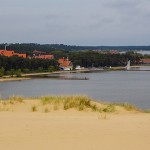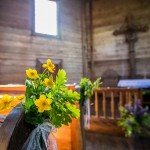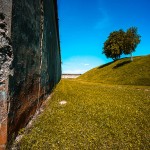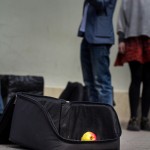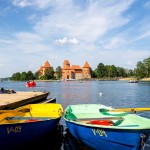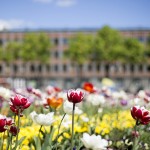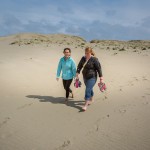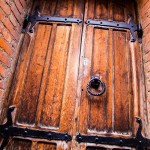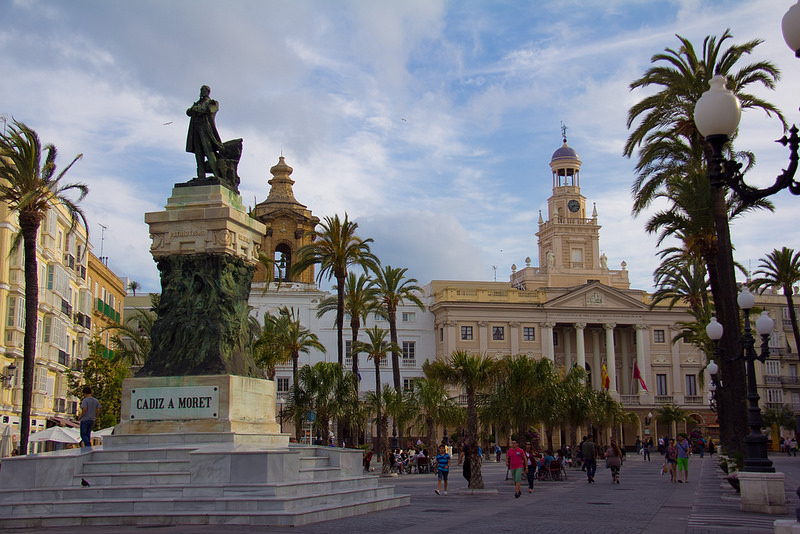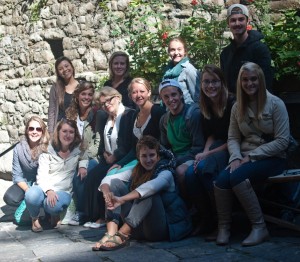 Time flies.
Our first assignment once we had settled into Bansko was to head out into town, find a cafe, order a drink, and sit for at least 2 hours. Andrew stressed the importance of this assignment: in the Balkans, afternoons are leisurely … Continue Reading ››
Time flies.
Our first assignment once we had settled into Bansko was to head out into town, find a cafe, order a drink, and sit for at least 2 hours. Andrew stressed the importance of this assignment: in the Balkans, afternoons are leisurely … Continue Reading ››
Learning Bulgarian time
5 October 2014  Time flies.
Our first assignment once we had settled into Bansko was to head out into town, find a cafe, order a drink, and sit for at least 2 hours. Andrew stressed the importance of this assignment: in the Balkans, afternoons are leisurely … Continue Reading ››
Time flies.
Our first assignment once we had settled into Bansko was to head out into town, find a cafe, order a drink, and sit for at least 2 hours. Andrew stressed the importance of this assignment: in the Balkans, afternoons are leisurely … Continue Reading ››
 Time flies.
Our first assignment once we had settled into Bansko was to head out into town, find a cafe, order a drink, and sit for at least 2 hours. Andrew stressed the importance of this assignment: in the Balkans, afternoons are leisurely … Continue Reading ››
Time flies.
Our first assignment once we had settled into Bansko was to head out into town, find a cafe, order a drink, and sit for at least 2 hours. Andrew stressed the importance of this assignment: in the Balkans, afternoons are leisurely … Continue Reading ››
